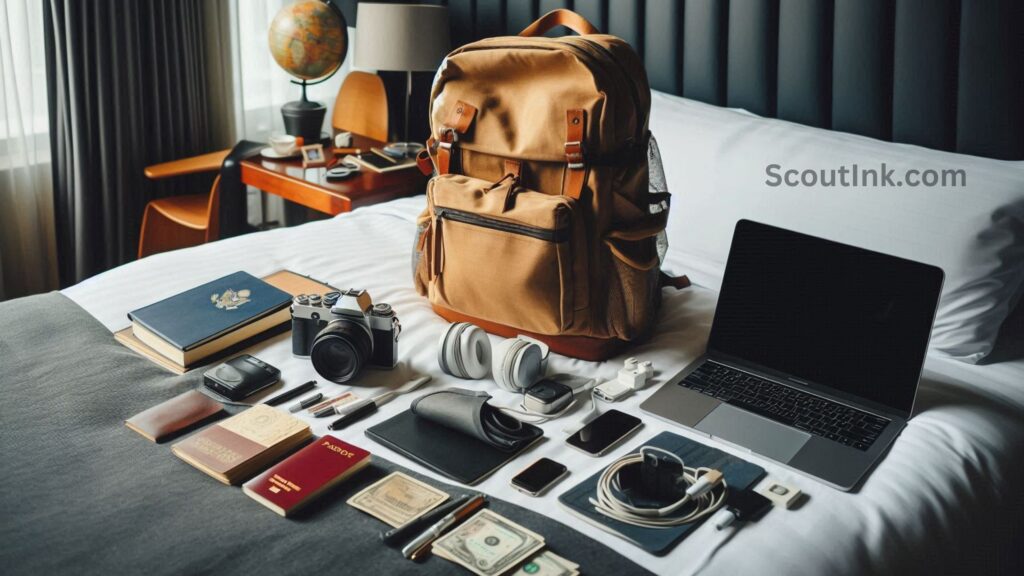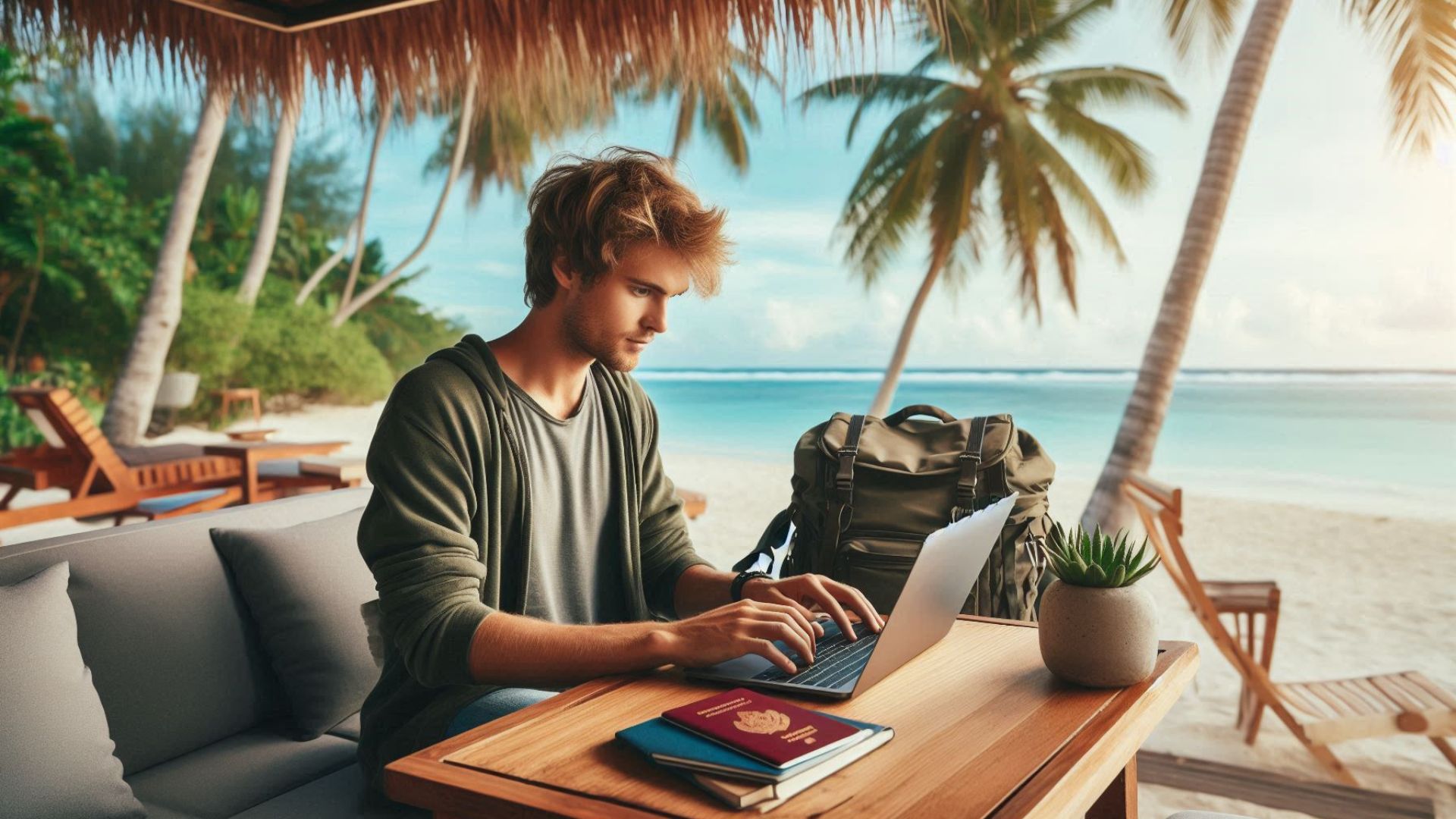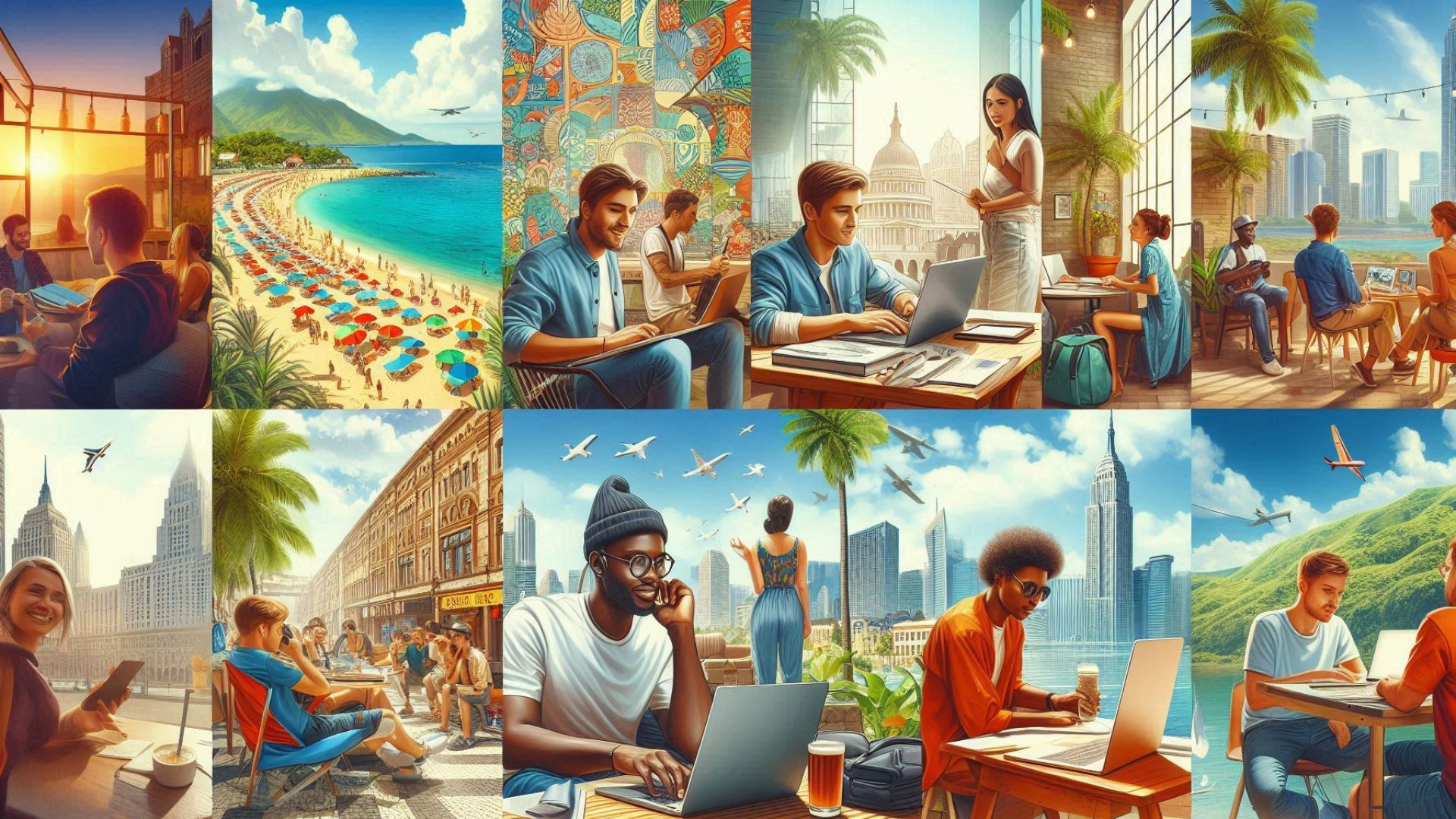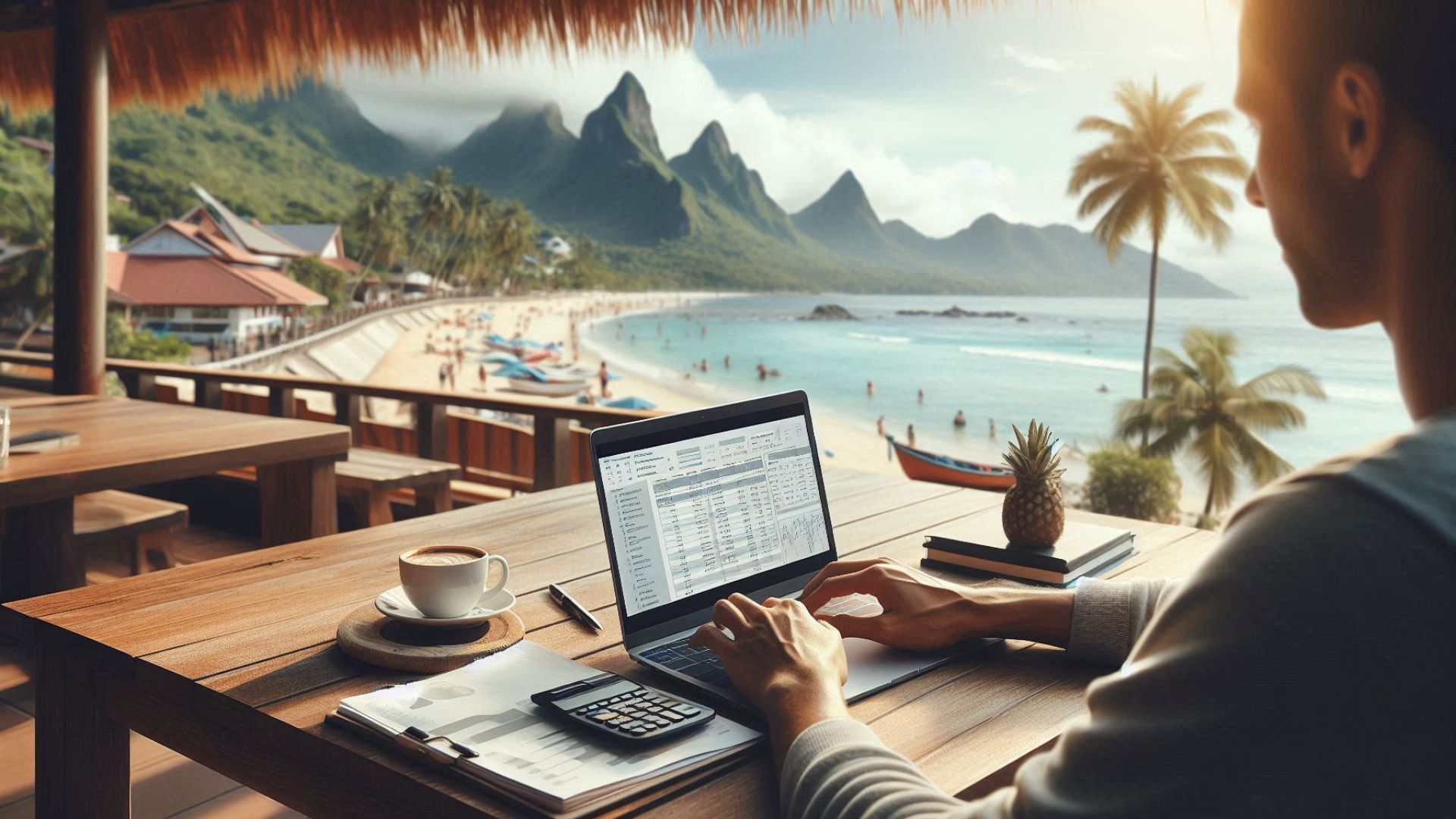How Much Does it Cost to be a Digital Nomad?
Living as a digital nomad means managing your money wisely across different countries. You’ll need to figure out how to save on travel, accommodation, food, and other expenses to make this lifestyle sustainable.
Having the right tools, good money habits, and a bit of flexibility can help you live comfortably as a digital nomad without going broke.
We know this because we’ve been full-time digital nomads since 2019! And for a lot of that time, we kept our costs pretty low.
So trust us—blowing your monthly budget doesn’t have to be your next travel disaster.
In this guide, we’ll break down the costs of the digital nomad lifestyle based on our own experience—from monthly expenses to one-off costs—to help you stay on track financially.
Let’s dive in! 💸
Digital Nomad Budget: Monthly Essentials
When it comes to questions like “How much do digital nomads make?” or “How much do they spend?”—there’s no one-size-fits-all answer.

But wherever you are, some costs are unavoidable each month. Let’s walk through the basics:
Accommodation
The first thing you’ll need is a comfortable place to sleep.
Costs vary depending on the location and type of stay. A hostel will save you money, but a hotel or apartment will give you more comfort and privacy.
If you’re planning to stay for a while, renting monthly is usually cheaper than hopping from place to place.
Also Read: Best Co‑Working Spaces for Digital Nomads
Electricity
Whether you’re charging your laptop for work or trying to stay cool in the summer heat, you’ll need reliable electricity.
Pro tip: Energy costs can vary a lot. Running the AC in Europe during a heatwave will cost way more than heating a room in the Andes during winter.
Wi-Fi/Internet
Good internet is a must for working remotely, staying in touch with family, or watching Netflix.
Budget stays like hostels often have weak Wi-Fi because too many people are sharing the same network. If that’s the case, you may need to pay for a coworking space.
Water
Filling up a reusable water bottle is the eco-friendly way to go—but sometimes bottled water is the safest option.
Make sure you’re buying from trusted brands and check the seals and expiration dates. Safe drinking water is worth the extra cost.
Laundry
Yes, even nomads have to do laundry.
We try to stay in places with washing machines, but in places like Bali and Thailand, professional laundry services are super affordable—about $2 per kilo for washing, drying, and folding!
Food & Drink
Trying local food is one of the best parts of traveling.
From curry in Thailand to cuy (guinea pig) in Cusco, tasting local flavors is part of the adventure. But eating out adds up, so it’s smart to balance between restaurants and cooking at home.
Total Monthly Essentials
How much will you spend? A solo nomad in Southeast Asia might get by on $1,000 a month, while a family of four in Western Europe could need over $5,000.
Digital Nomad Budget: Non-Monthly Essentials
Some costs aren’t monthly, but they still come around regularly. Here’s what to keep in mind:

Toiletries
Whether you’re a minimalist or a skincare enthusiast, you’ll need the basics.
Buying locally can save you money, but specialty items like sulfate-free shampoo might cost more. Either way, toiletries add up, so budget for them.
Also Read: Best Focus Techniques to Work Efficiently
Clothes
What you pack depends on the climate and your style.
Warm weather means you can get by with a light wardrobe. Cold climates? You’ll need to invest in warmer gear.
We learned the hard way on a winter trip to South America! Also, good-quality basics (like rashguards for water activities) are always worth the investment.
Shoes
Good shoes are essential.
Our Keens hiking sandals, bought in 2019, are still going strong. On the other hand, the cheap boots we grabbed in Chile fell apart after two months. Invest in quality—it pays off.
Computer Equipment
As a digital nomad, your laptop is your lifeline.
You’ll probably need to upgrade hardware and software now and then. Plan for repairs or even a replacement every few years to avoid work interruptions.
Specialist Tools
Writers need notebooks, designers need drawing tablets—whatever your trade, work-related expenses are inevitable.
Budget for these recurring costs so you’re not caught off guard.
Visas
Not every country allows free entry or long stays without a visa.
We paid $30 for a visa in Myanmar but had to shell out $120 in Bolivia—per person. Plan for visa costs when mapping out your budget.
Passports
Passports aren’t forever.
In the U.S., adult passports last 10 years, but kids’ passports expire every 5 years. Factor in renewal fees when budgeting long-term.
Insurance
Stuff happens. Whether it’s health issues, stolen gear, or canceled flights—insurance will save you stress and money.
We recommend getting decent travel health insurance before you leave home. It’s better to have it and not need it than to face a huge bill later.
Also Read: Best Morning Routine for Freelancers & Remote Jobs
Total Non-Monthly Essentials
These costs vary depending on where you’re traveling, but setting aside a few hundred dollars a month should cover most of them.




Post Comment